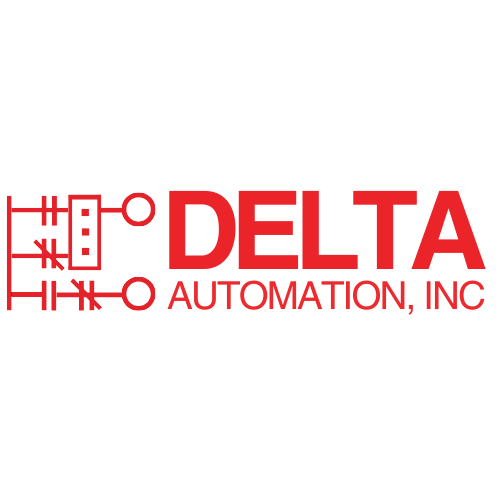Keep Your Building Running Efficiently: Why Regular HVAC Drive Maintenance Matters

In commercial and industrial facilities, HVAC drives do much more than spin fans. They regulate airflow, balance pressure, fine-tune pump speeds, and cut energy costs by matching motor output to real demand. When those drives drift out of spec—or fail outright—comfort suffers, utility bills climb, and downtime gets expensive. The most reliable way to avoid that spiral is simple: schedule regular HVAC drive maintenance and address early warning signs before they become a shutdown.
What HVAC drives really control
Variable frequency drives (VFDs) sit at the heart of air handlers, cooling towers, condensers, chilled water pumps, and make-up air systems. By ramping motors smoothly and holding precise speeds, they:
- Reduce electrical demand at startup and minimize mechanical stress
- Optimize airflow and water flow for seasonal loads
- Lower noise and extend bearing, belt, and seal life
- Provide diagnostics that hint at problems well before failure
Why drives fail (and what to watch)
Most HVAC drive problems trace back to heat, dirt, moisture, and time:
- Thermal stress: Clogged filters and dust blanket heat sinks and fans, raising IGBT and capacitor temperatures.
- Aging capacitors: DC bus capacitors dry out and lose capacitance, causing over-voltage trips, ripple, or nuisance faults.
- Contamination & corrosion: Rooftop and mechanical-room environments bring humidity, salt, and particulates.
- Loose terminations: Vibration loosens lugs and grounds, leading to intermittent faults and overheating.
- Fan wear: Drive cooling fans quietly degrade long before they fail, reducing margin on hot days.
Early warning signs your drive needs attention
- Unusual fan speeds or hunting, even with stable setpoints
- Frequent trips: over-current, over-voltage, earth faults, or under-voltage
- Visible dust packed into heat sinks or failing internal fans
- New electrical noise on the line, dimming lights, or breaker chatter at startup
- Capacitor “end of life” notifications in the drive diagnostics
Preventive maintenance that actually moves the needle
A tight, quarterly or semi-annual checklist can extend drive life by years:
- Thermal health: Clean heat sinks and filters; verify fan operation and airflow path.
- Electrical integrity: Torque and re-land power/control lugs; inspect grounds and shielding; megger motor cables where appropriate.
- Capacitor condition: Review DC bus ripple and temperature history; plan proactive replacement in older units.
- Firmware & parameters: Back up drive parameters; update firmware where recommended; document setpoints.
- Environment: Seal openings, elevate from floor condensation, and review NEMA/IP suitability.
When repair beats replacement
Replacement can be quick—until you hit an obsolete model, a backlog, or a hard-to-match control interface. Repair is often the fastest and most economical path to uptime, especially for legacy units integrated into building automation systems. Delta Automation’s technicians diagnose, repair, and full-load test HVAC drives from leading brands including ABB, Schneider Electric, Yaskawa, LS Electric, and Invertek. We handle common series found on rooftops and in mechanical rooms every day.
Inside Delta’s repair & testing process
- Intake & evaluation: Visual inspection, failure analysis, and parameter backup when available.
- Component-level repair: Replacement of failed semiconductors, DC bus capacitors, gate drivers, fans, and power supplies; rework of damaged traces or connectors.
- Preventive replacements: Age-sensitive components (e.g., fans/caps) proactively replaced to restore reliability—especially for rooftop units exposed to heat.
- Full functional test: Burn-in and loaded runs to verify current, torque, and trip behavior across the operating range.
- Documentation: Return with test results and a clean parameter set so it installs and runs as expected.
Energy savings you can measure
Healthy drives are energy-savers. A mis-configured or heat-soaked VFD can run inefficiently, ramp erratically, or force the system to rely on mechanical throttling. After repair and parameter verification, many facilities see smoother control, steadier static pressure, and measurable drops in kWh. That’s real budget back—every month.
What facility teams can do this week
- Schedule a visual check on all rooftop and mechanical-room VFDs
- Vacuum heat sinks, replace filters, and verify internal fan operation
- Pull and save parameter backups for critical units
- Flag drives with frequent trips or rising temperatures for bench evaluation
- Identify one or two critical spares to keep on the shelf for your most vulnerable applications
Why teams partner with Delta Automation
- Specialized HVAC drive expertise: Daily repair experience with ABB, Schneider, Yaskawa, LS Electric, Invertek, and more
- Full-load testing: Drives are proven under operating conditions—not just power-on checks
- Fast turnaround options: Expedite paths available for critical equipment
- 1-year warranty: Confidence that the repair will hold through the heating and cooling seasons
- Straightforward communication: Clear quotes, updates, and documentation from start to finish
Ready to prevent the next downtime event?
If your HVAC system has a drive that’s tripping, running hot, or approaching end-of-life, we can help you stabilize performance and extend service life. Send the unit in for evaluation or reach out with your symptoms—we’ll outline the fastest path back to reliable operation.
Contact Delta Automation to schedule an evaluation or discuss a preventative service plan.
